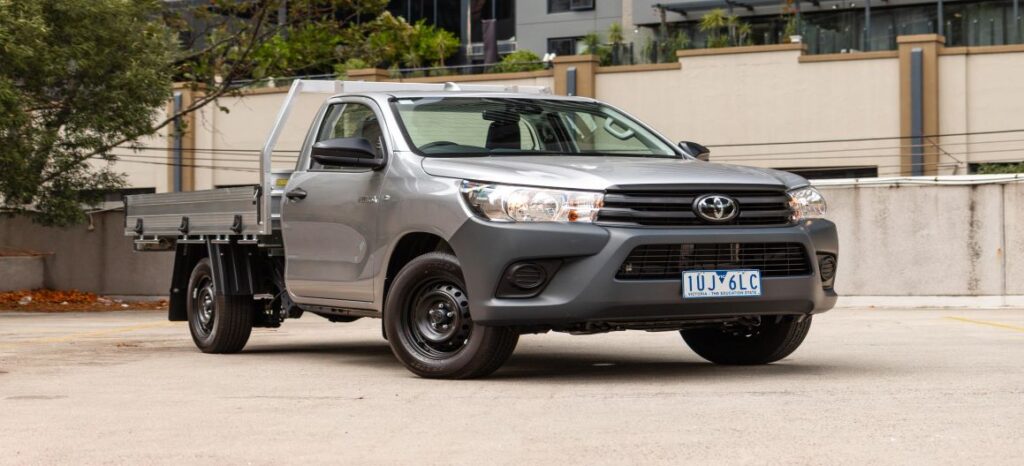Tradie utes are a familiar sight on almost any road in Australia, whether you’re deep in the city or in a rural town located in the outback. Typically, they are divided into 4×2 and 4×4 utes, with multiple specifications under each category. And, as with most vehicles, the discussion about which type of ute is better, has been an endless debate. From plumbers and electricians to couriers or construction workers, there is no one agreed-upon standard for what makes the best ute. Fortunately, Tradiespec is a ute hire company that can help you make the right decision for your job. Here are some of the most important points to consider when choosing between 4×2 and 4×4 utes.
Terrain Capabilities
While utes serve as high performance vehicles for their drivers, there are still key differences in their capability to handle different types of terrain. As the name suggests, 4×4 tradie utes have a drivetrain that powers all four wheels, providing increased traction that can handle off-road environments. Larger tires and ground clearance also serve to improve their performance on unusual terrain. The design of 4×2 utes is best suited for traditional roads where the drivetrain can perform effectively with two wheels. If you’re a city construction worker, hiring a ute in this model is more than enough for your day-to-day jobs. However, tradies that find themselves on back roads or trails will find 4×4 utes are more suitable choice.
Ute Rental Tips: Another point to consider is that tradie utes also come with either petrol or diesel engines, which affects the torque. Diesel engines provide a low rev torque that reduces the chances of stalling when crawling over large obstacles or hills.
Load Capacity
As a result of the extra components and resulting weight, 4×4 utes often have lower load capacities than 4×2 utes. However, this is balanced by their superior stability and suspension when handling weight at increased speeds. On the other hand, 4×2 utes can handle greater loads due to a simpler and lighter design. On rougher terrain such as slippery surfaces, this can be a disadvantage when it comes to the handling of the vehicle.
Towing Ability
The extra power to the wheels also allows 4×4 utes to handle higher towing capacities in rougher conditions, with the traction making it easier to safely tow payloads up and down steep inclines. In contrast, the lower weight produced by 4×2 drivetrains do allow these ute models to also handle high towing capacities but with reduced performance in off-road conditions.
Fuel and Economy
With a simpler and lighter design, 4×2 utes have a reduced cost when it comes to fuel efficiency and potential maintenance costs. Moreover, when it comes to ute hire costs, they are often lower for 4×2 utes. However, if you’re looking for a rent to own option, consider that they also have a lower resale value because of the simpler design.
Conclusion
Ultimately, when it comes to the debate on whether 4×2 or 4×4 utes are better, your job requirements should be the primary factor to consider. Are you a construction worker for a large-scale project in the outback? Then the 4×4 design is best suited for your needs. However, if you are a plumber or electrician in the suburbs, the capabilities of a 4×2 ute are more than enough for your daily work. Regardless of your choice, Tradiespec is on hand to provide you with a flexible ute rental option that’s sourced with the right specifications.

